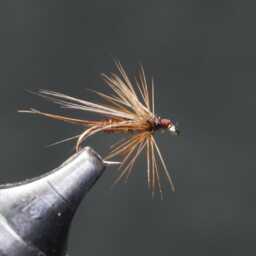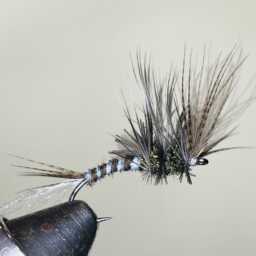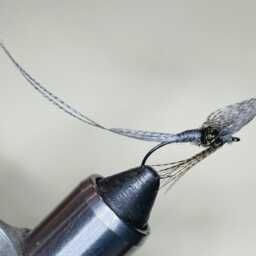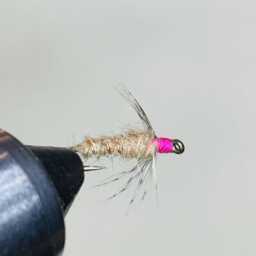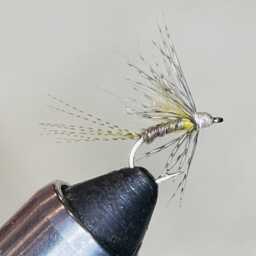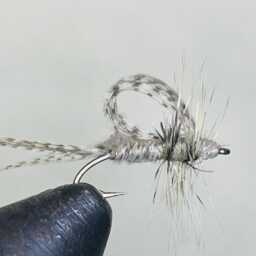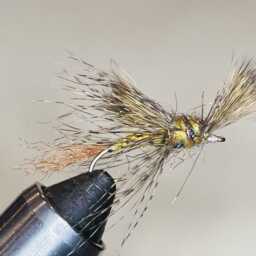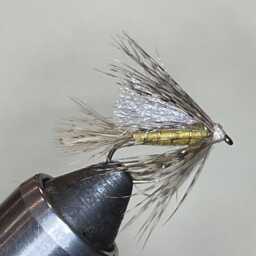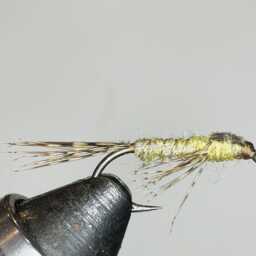Historically, flamingo feathers were used in fly tying due to their similarity to heron feathers, although both are now illegal to own or use in many places.
Flamingos, known for their distinctive one-legged stance, belong to the family Phoenicopteridae, the sole family in the order Phoenicopteriformes. They encompass four species found in the Americas, including the Caribbean, and two species in Afro-Eurasia.
These birds often stand on one leg, a behavior thought to aid in conserving body heat, despite being observed in warm water and even in non-aquatic settings. Another theory suggests this stance reduces muscular effort. Flamingos wade in water and also stir up food from the mud by stamping their webbed feet.
Flamingos are adept flyers; however, in captivity, wing clipping prevents their escape. Remarkably, a pair of African flamingos managed to escape from a zoo in Wichita, Kansas, in 2005, with one bird reappearing in Texas after 14 years, having been spotted previously in Texas, Wisconsin, and Louisiana.
Their vibrant coloring, ranging from light pink to bright red, results from aqueous bacteria and beta-carotene in their diet. Healthy flamingos exhibit more vivid colors, while pale ones are often considered unhealthy or malnourished. Interestingly, captive flamingos might turn pale without adequate carotene intake, despite being well-fed.
Greater flamingos, the tallest species, can reach heights between 3.9 to 4.7 feet (1.2 to 1.4 m) and weigh up to 7.7 pounds (3.5 kg), while the smallest, the lesser flamingo, stands at 2.6 feet (0.8 m) and weighs 5.5 pounds (2.5 kg). Their wingspan varies from 37 inches (94 cm) to 59 inches (150 cm).
Flamingos have a unique bill-opening mechanism involving both raising the upper jaw and dropping the lower.
« Back to Glossary Index
